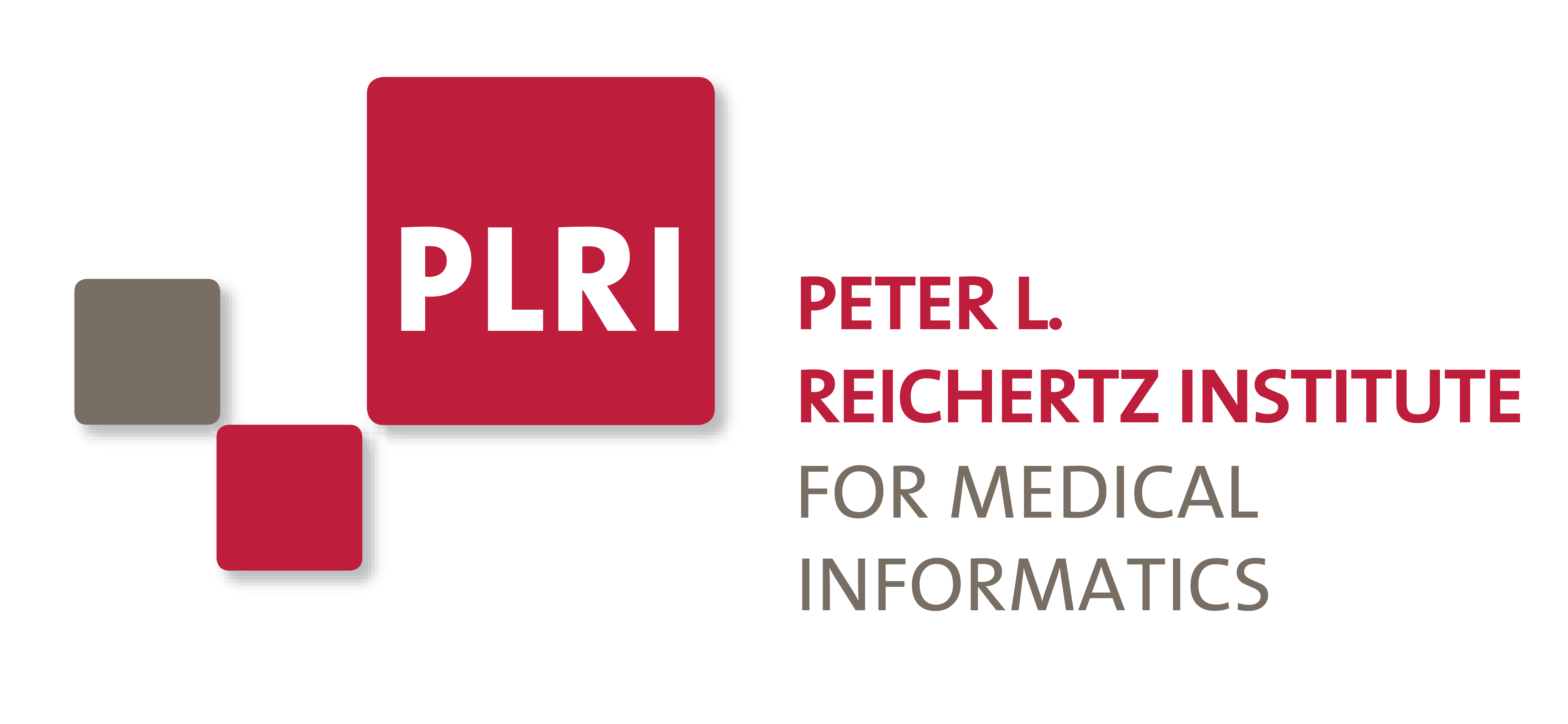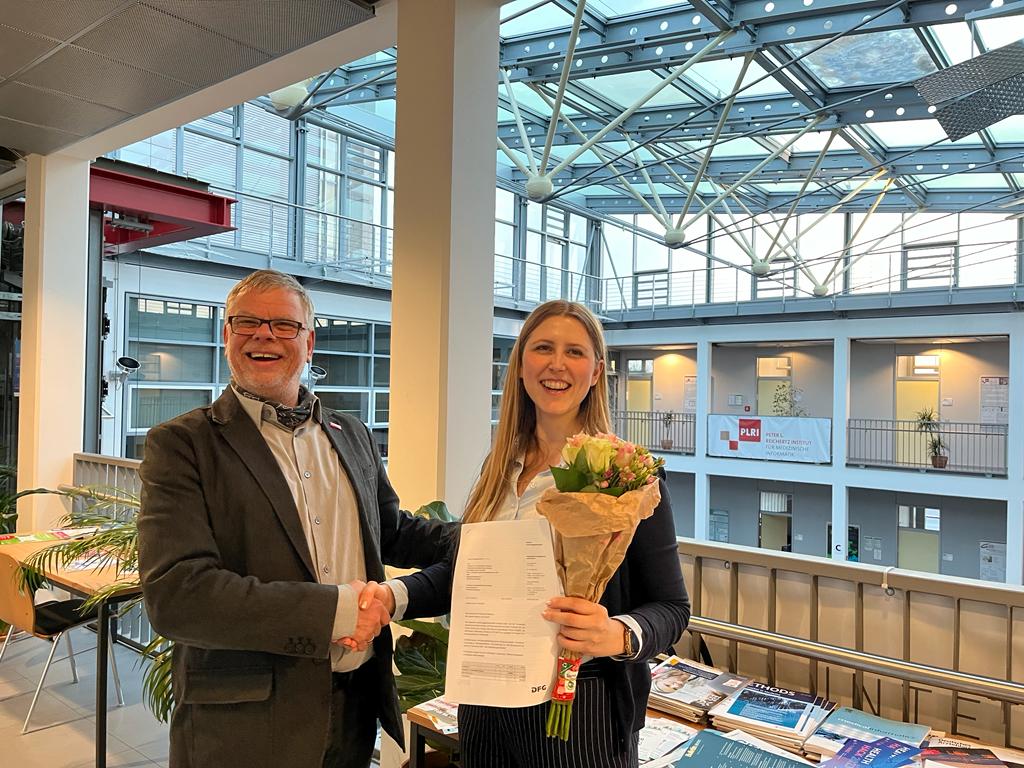2023-02-10: Accepted DFG Proposal "Car as a Diagnostic Space (CarDS)"
We are happy to announce that our "Car as a Diagnostic Space (CarDS)" proposal for the DFG has been accepted. This project, which is a collaboration between the PLRI and the Institute for Automotive Engineering, has received funding of over half a million euros.
Short description of our project:
Early detection of symptoms is critical to detect diseases at an earlier stage. Continuous health monitoring integrated into private spaces such as the vehicle has the potential to detect diseases earlier. This enables a better treatment and leads to a decreased mortality rate. The average person spends 43 minutes per day in a vehicle. An in-vehicle sensor system integrates a medical check-up into our daily mobility. Currently, most in-vehicle monitoring system just uses one sensor and does not include the in-build sensors such as an accelerometer for artifact detection.
Therefore, we want to integrate a health monitoring system in our research car with multiple sensors to measure the electrocardiogram (ECG), photoplethysmogram (PPG), remote PPG (rPPG), and phonocardiogram (PCG). Such a redundant sensor system increases the reliability of the data analysis. In addition, we will integrate the sensor system into the CAN-BUS system and consider the in-build sensors such as the accelerometer, capacitive sensor, and an external camera for the artifact’s detection. We will conduct a study with 20 test persons in the different driving scenarios rest, city, highway, and rural areas. After the data recording, we will analyze the system with a sensor fusion approach based on a convolutional neural network (CNN) structure. We will compare the reference heart rate with the calculated heart rate to evaluate the usable recording time for the analysis. After the data analysis, we will improve the sensor system and repeat the data recording. As a final step, we will evaluate the artifact detection and sensor fusion algorithm.
This project can answer the open research question ‘What percentage of the driving time is usable for a reliable heart rate analysis?‘. Moreover, the results from this project can improve the detection of the diseases such as stroke. This improves the therapeutic outcome and decreases the mortality rate.
←back to news






